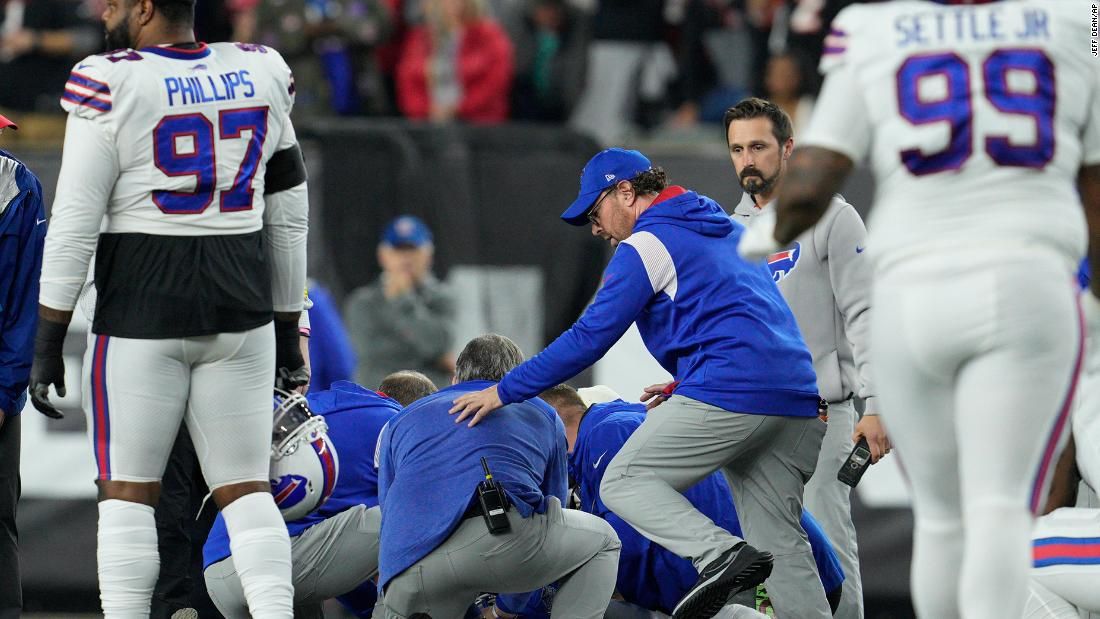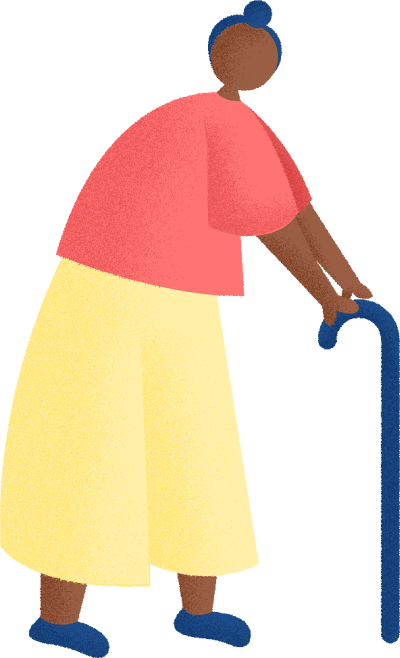A Proactive Approach to Saving Lives
Like many sports fans, I was glued to the television in early December as the Cincinnati Bengals hosted the Buffalo Bills for Monday Night Football. What began as a marquee showdown quickly turned into a life-or-death emergency as Bills safety Damar Hamlin collapsed on the field.
Ken Trogdon —

Hamlin had suffered a cardiac arrest and was in immediate need of medical attention to resume oxygen and blood flow. Fortunately, the medical staff was on hand and equipped to immediately utilize CPR and an automated external defibrillator (AED) to resuscitate Hamlin and save his life. Thanks to the medical team’s swift and effective response, Hamlin is expected to make a full recovery.
This sobering tale serves as a powerful reminder of how important it is to have the right equipment on hand in case of a medical emergency.
The AED used to save Hamlin’s life is one of the greatest medical inventions of the past half century. The portable device can restore a normal heart rhythm in the event of a life-threatening cardiac arrest. AEDs can be operated by non-medical personnel and have become essential tools in many settings, including schools, venues, and public spaces. Their widespread availability has undoubtedly saved countless lives.
Similar to the impact that defibrillators have had with our schools, communities and first responders, medical advancement has developed another life-saving miracle - Naloxone.
The spread of illicit fentanyl and rise in opioid addiction is a serious public health crisis in the United States and an overdose can happen anywhere, at any time. Naloxone is a nasal spray that blocks the opioid effects from the brain, quickly reversing overdoses and saving lives.
While the situations involving cardiac arrest and drug overdoses may seem very different, they both underscore the importance of being prepared for medical emergencies. By having the right equipment available in these high-risk areas, we can save lives and ensure that people get the help they need during a moment of medical crisis.
Data from the U.S. Centers for Disease Control and Prevention revealed that more than 110,000 Americans died of opioid overdoses in the 12 months ending March 2022. A Washington Post analysis of recent CDC data concluded that fentanyl is now the leading cause of death for Americans ages 18 to 49. Conducting a similar analysis, CNBC found that drug overdoses nearly tripled among adolescents from 2019 to 2021.
This is why HarborPath is making high-risk areas such as schools and universities a priority for supplying affordable and accessible Naloxone. Similar to how schools nationwide are equipped with defibrillators in case of a cardiac emergency, it is our vision to ensure overdose rescue supplies are on hand and available in a life-or-death situation.
Earlier this month, HarborPath donated a full supply of Naloxone to all schools within the Washougal School District in southwest Washington state. We’re grateful to Washougal leadership for their proactive approach to making sure they have the right equipment on hand should it ever be needed.
You can read more about HarborPath’s donation, including a parent’s reaction, in this news story out of Portland, Oregon.
HarborPath is working with states to help deliver Naloxone to the country's most vulnerable populations, completely free. Through these established partnerships, HarborPath will deploy Naloxone through nonprofit organizations, county health departments, university health centers and directly to consumers. This approach includes emergency Naloxone kits for schools of all sizes.
By being proactive and ensuring that the right equipment is available in high-risk situations, we are better prepared to save lives. To learn more about our efforts, visit HarborPath.org/naloxone-program



